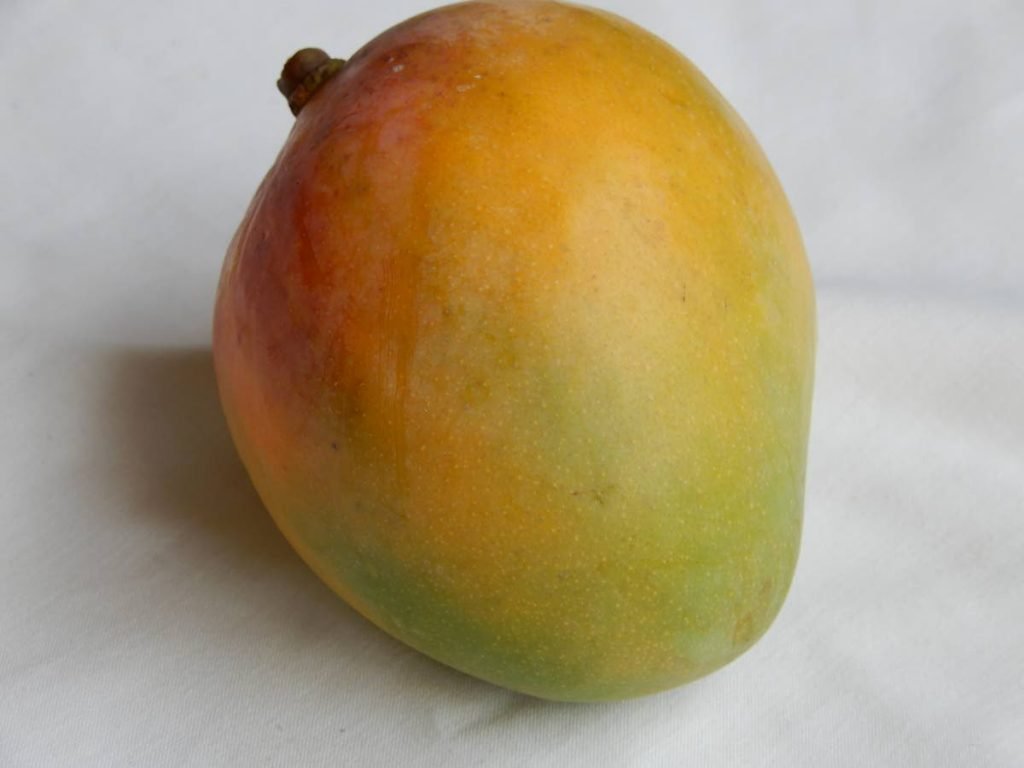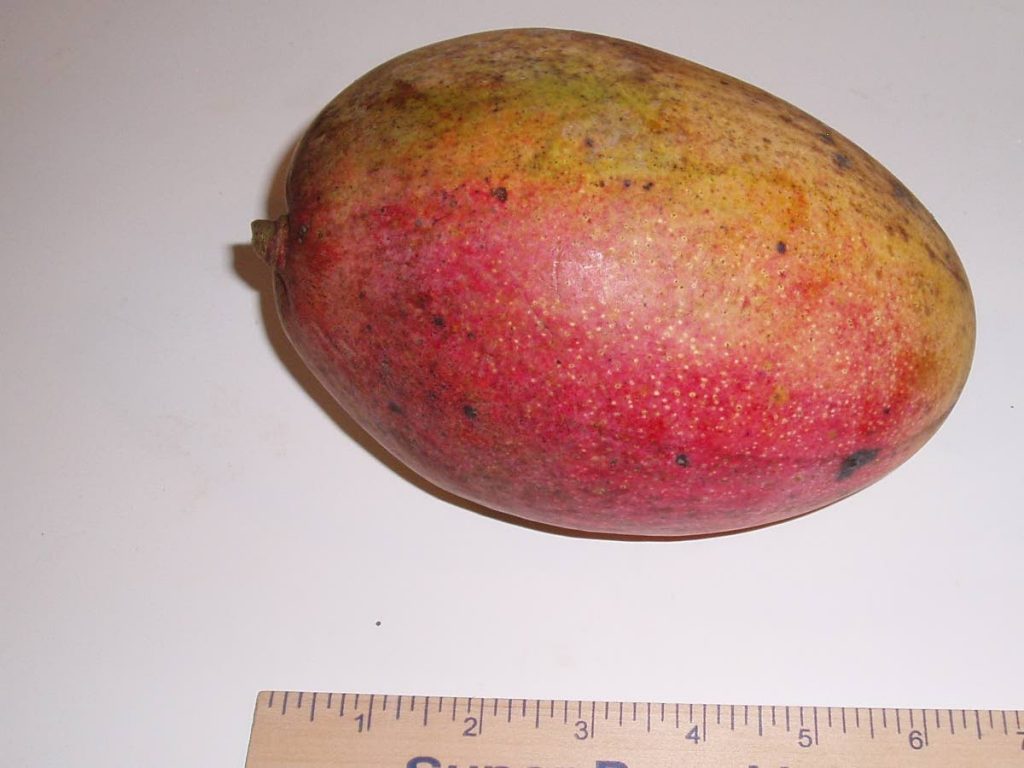Mangoes: The sweetest fruit

DR P SETTY
Mangoes (mangifera indica) known as amram in the Sanskrit language, are a delicious tropical fruit originating from the Indian sub-continent and Southeast Asia. There are in excess of two thousand varieties in India alone and thousands of hybrids. Some premium varieties from India are alphonse, neelam, mallika and badam. There is a new double hybrid from India, named arka suprabath which will be released to farmers there soon.
The mango tree can be propagated either by seed or by grafting. There are two types of seeds; 1) monoembryonic seeds which have one seedling per seed will produce plants that differ from the parent tree and 2) polyembryonic seeds will produce more than one seedling per seed one of which will be identical to the mother tree.
Plants that are grown from seeds take several years to bear fruits unlike grafted ones which will take two to three years. To get a sturdy healthy grafted plant consider using a cashew nut rootstock. The mango and cashew are closely related, both belonging to Anacardiaceae family.
Mango thrives in acidic, loamy non clay type of soil. They thrive in high humidity and bright sunlight.
To plant your seedling dig a hole 3ft x 3ft x 3ft deep, fill it with a mixture of well cured manure and topsoil. If it is a grafted plant, plant at least 10 to 12 inches above the soil line. Never bury the graft below the ground, if you do that you might not know whether the sucker or the grafted plant is growing.

Plant it in the centre of the pit, firm up the soil around the plant, secure it with mesh if you have animals and water well around the plant. Continue to water daily for three to four weeks during the evenings, do no not wet the foliage. Generally roots will start developing six weeks after planting. You will notice a flush of young leaves and by the end of three months the plant will be established. I personally do not use synthetic fertilisers because the soil has the bacteria to provide the necessary nutrients from the soil. If there is any need you can seek the help of the agricultural extension officers.
For the next one to two years you need to care for your young plant. Fertilise with organic or fossil fuel based fertilisers and do not allow the young plant to bear too many fruits. The mango tree flowers in clusters or panicles which are pollinated by flies, moths, ants and other insects. Fruits mature after 100 to 150 days and vary in shape, size, colour and taste and weigh from 250 to 420 grammes.

Once the tree is mature it needs to be pruned. Pruning channels the energy to the tree to produce healthy, bigger and tastier fruits.
Diseases affecting mangoes are 1) fungal 2) bacterial 3) aphids which encourage the sooty mould fungus to grow, mites and scale insects. You can get help from your local agricultural extension officers for treatment of these diseases.
As delicious as mangoes are it is possible to develop an allergic response to the latex in the fruit stalk.
For further information contact the Eastern Horticultural Club at 357-5033, or 720-2698 or easternhorticultural@hotmail.com. The club usually meets on the first Saturday of every month however, due to the current covid19 situation meetings have ben suspended until further notice.


Comments
"Mangoes: The sweetest fruit"